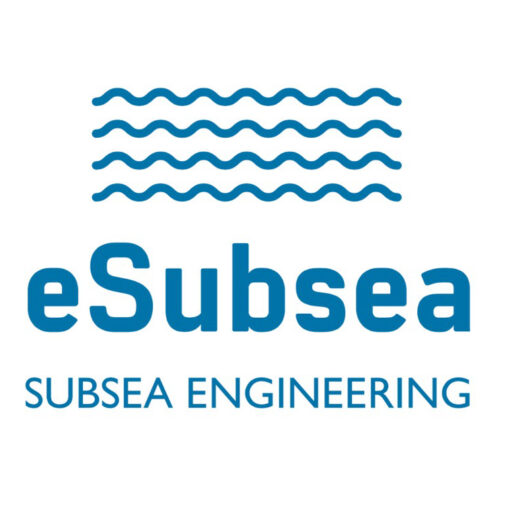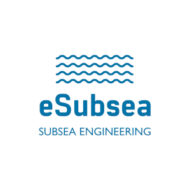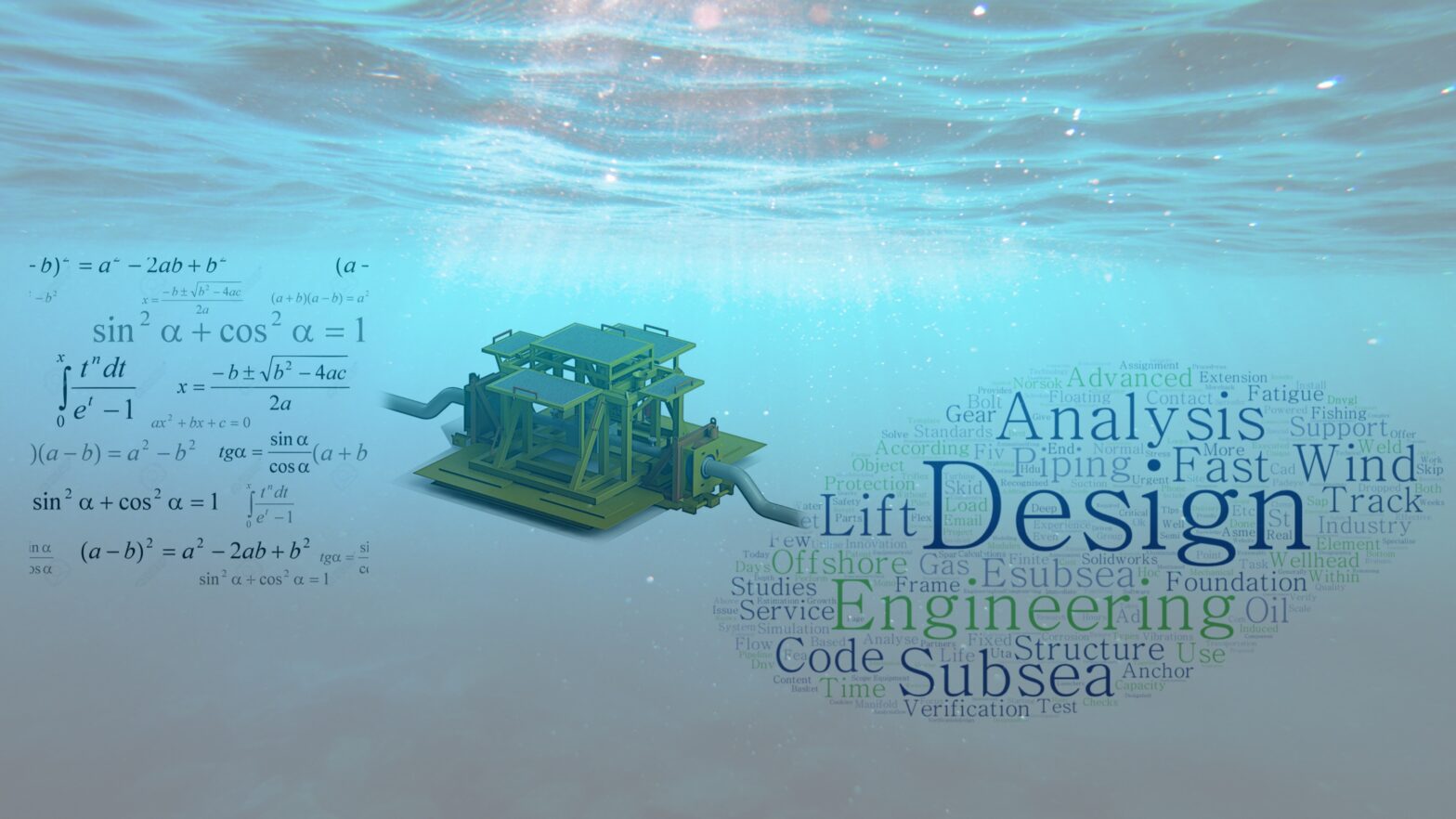eSubsea has extensive experience with services and design for avoidance of flow induced vibrations on subsea piping systems. High-cycle vibrations with small amplitudes on subsea piping systems or rigid jumper spools from flow induced transition forces from internal flow of hydrocarbons can create hot spot stresses where fatigue cracking might develop over time.
Multiphase excitation on piping bends from turbulent flow cause flow induced vibrations (FIV) in particular if the natural frequency of the piping system is close to the high energies in the vibration spectrum.
The method to avoid subsea flow induced vibration fatigue is basically to estimate the amount of kinetic energy in the flow based on piping dimensions, fluid densities and flow velocity and ensure that the piping system has sufficient support and avoid natural frequencies that match the excitation frequency spectrum.
eSubsea use the guideline and methods given in “Guidelines for the Avoidance of Vibration Induced Fatigue Failure in Process Pipework, Energy Institute, London”
Vortex Induced Vibrations (VIV)
Currents at the seafloor can also cause vibrations in the piping or wellhead due to vortex induced vibrations (VIV) also known as vortex shedding. This happens when the natural frequency of the piping system is equal or close to the vortex shedding frequency.


